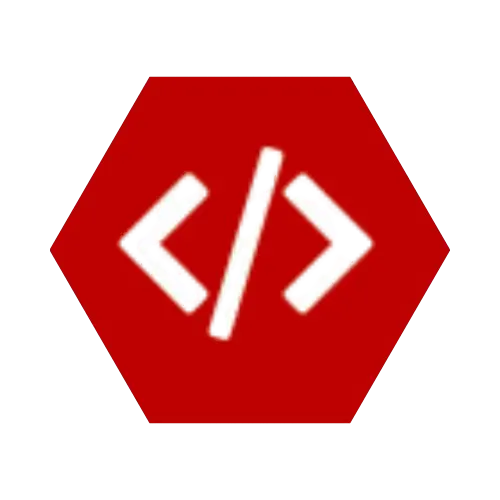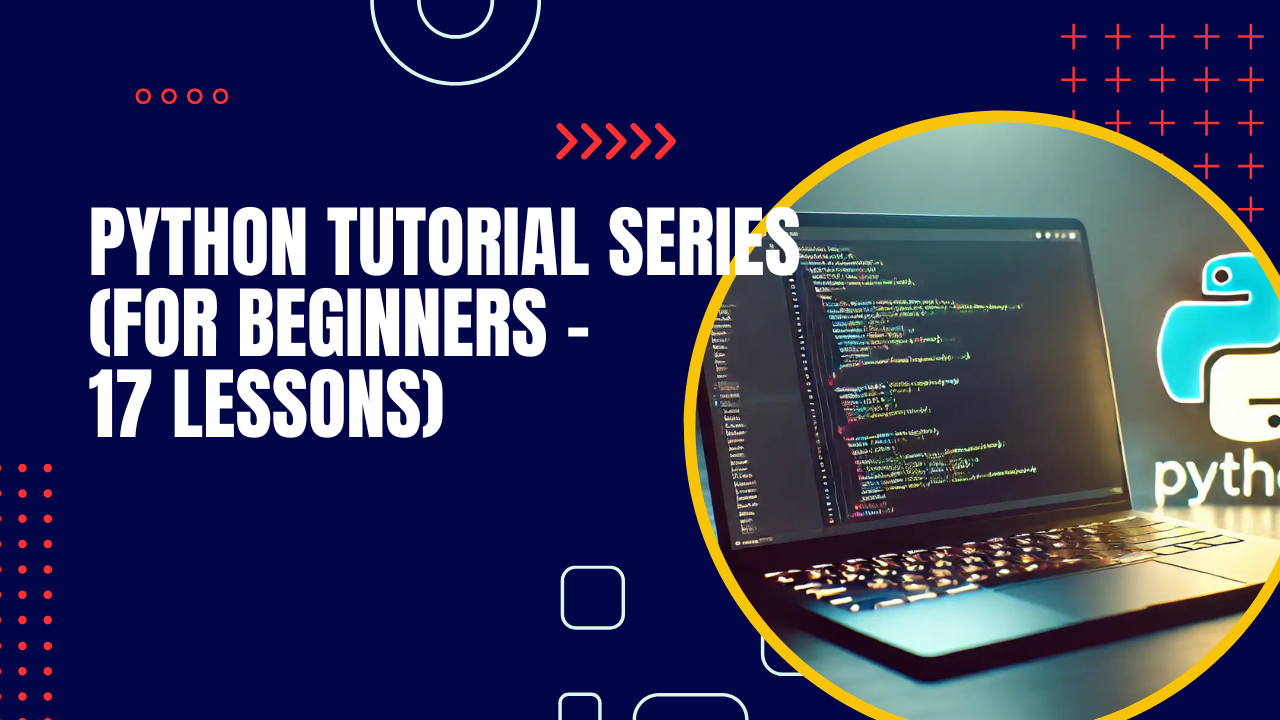Welcome back to the Python Tutorial Series for Beginners! 🎉
In Lesson 6, we explored tuples – immutable collections of items.
Now in Lesson 7, we’re diving into one of the most powerful data types in Python: dictionaries.
By the end of this lesson, you’ll understand:
- What dictionaries are
- How to create and use them
- Accessing and modifying values
- Dictionary methods
- Nesting dictionaries
- Practical exercises
🔹 What is a Dictionary?
A dictionary in Python is a collection of key-value pairs.
- Keys must be unique
- Values can be of any type
- Dictionaries are unordered (Python 3.7+ keeps insertion order, but logically we don’t rely on it)
👉 Think of a dictionary as a real dictionary: you look up a word (key) to find its definition (value).
🔹 1. Creating a Dictionary
Dictionaries are created using curly braces {}.
🔹 2. Accessing Values
You can access values using the key.
👉 .get() is safer because it doesn’t throw an error if the key doesn’t exist.
🔹 3. Adding & Modifying Items
🔹 4. Removing Items
🔹 5. Useful Dictionary Methods
🔹 6. Looping Through a Dictionary
🔹 7. Nested Dictionaries
Dictionaries can contain other dictionaries (like JSON).
🔹 Exercises for Beginners
Try these in a new file (lesson7.py):
- Create a dictionary about yourself with keys:
"name", "age", "hobby". Print your hobby. - Add a new key
"country" to your dictionary. - Remove the
"age" key. - Loop through the dictionary and print all keys and values.
- Challenge: Create a nested dictionary of 2 students with their names and scores. Print the score of one student.
🎯 Recap
In this lesson, you learned:
✅ Dictionaries store data in key-value pairs
✅ You can add, modify, and remove items
✅ Useful methods: .keys(), .values(), .items()
✅ Dictionaries can be nested (like JSON structures)
Next up: Lesson 8 – Sets in Python 🟢 (another collection type with unique items).
💼 Need a Developer?
I'm Kingsley Odume, a Django, Flask, and FastAPI developer with experience building SaaS platforms, APIs, and modern web apps.
If you're a recruiter or business owner looking for a reliable software developer, let's connect!
🚀 Hire Me



